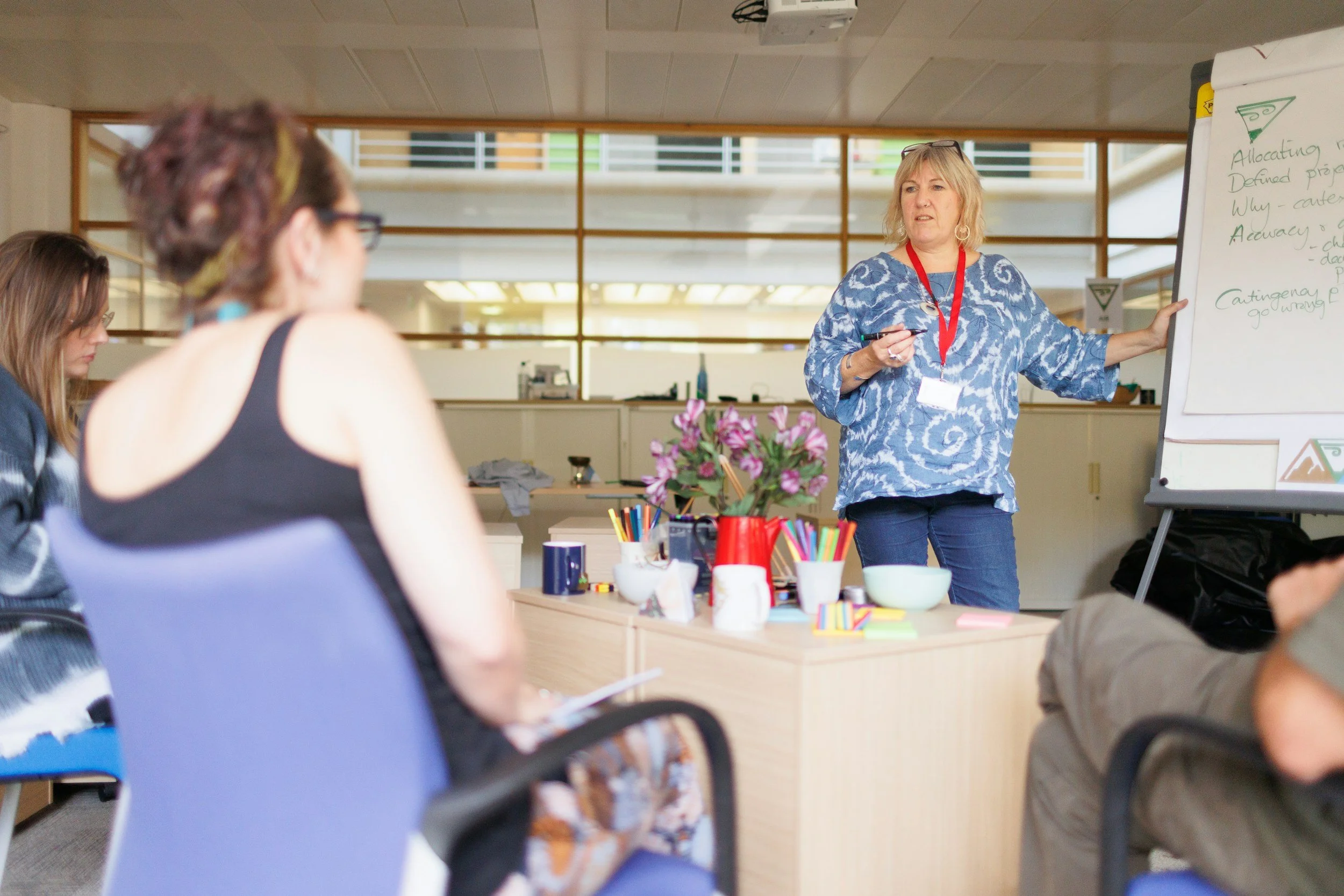
Blog
Our blog explores professional interpreting, translation, transcription, and cultural communication strategies that help businesses, organizations, and communities succeed. Discover expert insights, practical guidance, and resources to navigate today’s multilingual world with confidence.
Errors in English Grammar - Contractions and Marital Status
Here’s an English mini-lesson in how to properly use contractions.
Work Smarter, Not Harder
A mission, vision, and values are what determine a company’s priorities, decisions, and how the people in an organization should manage their time.
My Attempt at Making Burmese Salad
One gateway to learning about culture is through food. Join me in my mini-adventure as I attempt to make a Burmese bean salad.
Interviews with a Translator and an Interpreter
A woman is interviewing an interpreter woman with long hair wearing a white and blue business suit in an office.

















![Discover a New City: Columbus, Indiana [EN-FR]](https://images.squarespace-cdn.com/content/v1/59a77409f43b551779d4e1b1/1756492722134-L43E86UWAN1QYKWFBMXW/unsplash-image-wpU4veNGnHg.jpg)
